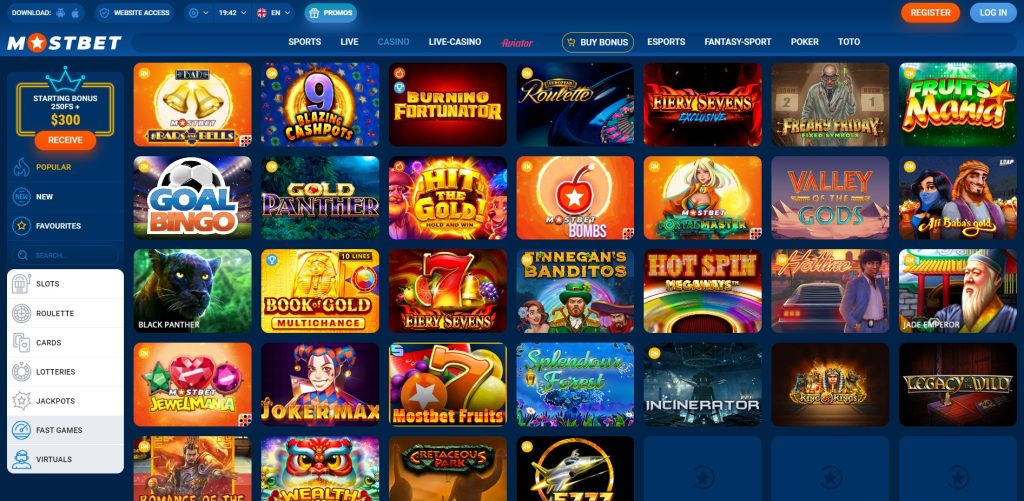
How to Drive Traffic to Your Website: Strategies and Tips
Driving traffic to your website is crucial for online success. It determines your visibility, helps you reach a broader audience, and is essential for conversion and revenue generation. In this article, we’ll explore various strategies to effectively increase your website traffic, including SEO, content marketing, social media engagement, and paid advertising. Whether you run a personal blog or a business website, understanding these strategies is key to improving your online presence and achieving your goals. Be sure to check out How to Drive Traffic to AZ Casino Offers mostbetaz-yukle.com for insights on online engagement and user acquisition.
1. Understanding Your Audience
Before you can drive traffic to your website, it is essential to understand your target audience. Knowing their interests, preferences, and behaviors enables you to create content that resonates with them. Here are some techniques to understand your audience better:
- Identify demographics: Use analytics tools to gather data on age, location, gender, and interests.
- Conduct surveys: Ask your existing audience what they like, what they need, and what type of content they prefer.
- Analyze competitors: Research your competitors’ audience engagement to find gaps and opportunities.
2. Creating High-Quality Content
Content is king when it comes to driving traffic. Quality content not only engages visitors but also encourages sharing and returning visitors. Here’s how to create compelling content:
- Focus on value: Ensure that every piece of content provides value and answers a specific question or need.
- Use visuals: Incorporate images, videos, and infographics to make the content more attractive and easier to digest.
- Optimize for SEO: Use relevant keywords strategically, optimize meta tags, and ensure your content is structured for search engines.
3. Search Engine Optimization (SEO)

SEO is the backbone of any successful online strategy. Optimizing your website for search engines can significantly increase your organic traffic. Here are key SEO strategies:
- Keyword Research: Use tools like Google Keyword Planner to identify keywords relevant to your niche that have a good search volume.
- On-page SEO: Optimize title tags, meta descriptions, headers, and internal links to ensure search engines can index your content effectively.
- Off-page SEO: Build quality backlinks to improve your site’s authority and ranking on search engines.
4. Leveraging Social Media
Social media platforms are powerful tools for driving traffic to your website. They allow you to share content with a broader audience and engage directly with users. Here’s how to leverage social media effectively:
- Select the right platforms: Focus on platforms where your target audience is most active, whether it’s Facebook, Instagram, Twitter, or LinkedIn.
- Engage with your audience: Respond to comments, participate in discussions, and share user-generated content to foster a community around your brand.
- Utilize ads: Invest in social media ads to promote your content and drive targeted traffic to your website.
5. Utilizing Email Marketing
Email marketing remains one of the most effective ways to drive traffic. Building and nurturing an email list can result in consistent traffic to your site. Here are some tips:
- Build a quality list: Use lead magnets (like free ebooks, webinars, or discounts) to encourage sign-ups.
- Send regular newsletters: Share valuable content, news, and offers through well-crafted newsletters to keep subscribers engaged.
- Personalize your emails: Use segmentation and personalized content to increase open and click-through rates.
6. Paid Advertising

If you’re looking for quicker results, consider investing in paid advertising. Platforms like Google Ads and social media ads allow you to target specific audiences for immediate traffic increases. Here’s how to get started:
- Set clear goals: Define what you want to achieve with your ads (more clicks, sign-ups, or sales).
- Monitor your spending: Establish a budget for your campaigns and regularly measure return on investment (ROI).
- Test and optimize: Run A/B tests to determine which ads perform best and refine them accordingly.
7. Collaborating with Influencers
Influencer marketing can significantly boost your traffic and brand visibility. Collaborating with individuals who have a strong following in your niche can expose your content to a new audience. Consider the following:
- Identify relevant influencers: Look for influencers whose audiences align with your target demographic.
- Create mutually beneficial partnerships: Offer influencers something of value in exchange for promoting your content.
- Measure impact: Track traffic generated from influencer collaborations to assess effectiveness.
8. Analyzing and Adjusting Your Strategy
No strategy is static, and analyzing your traffic sources and user behavior is crucial. Use tools like Google Analytics to track your website traffic and understand where it comes from. Regularly review and adjust your strategies based on performance data to optimize your efforts.
Conclusion
Driving traffic to your website is an ongoing process that requires a mix of strategies. By understanding your audience, creating high-quality content, leveraging SEO, utilizing social media, and engaging in direct promotions, you can increase your website traffic effectively. Remember to continuously analyze your results and adapt your approach for the best outcomes. With dedication, consistency, and creativity, you can build a steady flow of visitors to your site and ultimately achieve your online goals.